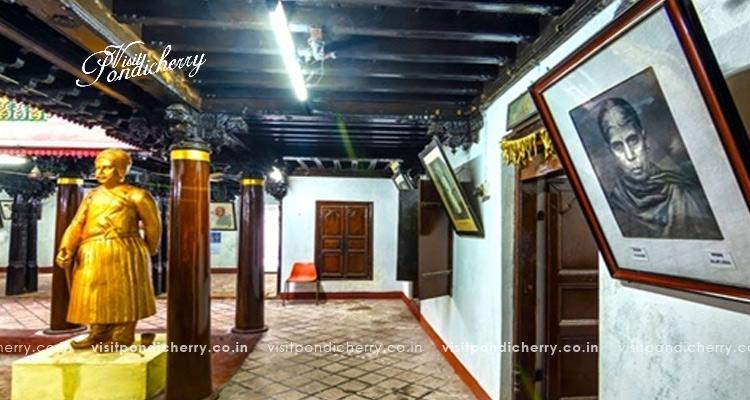


Ananda Ranga Pillai was born to a merchant named Tiruvengada Pillai on 30 March 1709 in the village of Perambur on the outskirts of Madras. Madras was, then, the center of Tiruvengada Pillai's business activities. In 1716, at the behest of Nainiya Pillai,brother-in-law of Tiruvengada Pillai, who then functioned as the chief Indian agent of French Pondicherry, Guillaume André d'Hébert, the territory's French Governor invited Tiruvengada Pillai and other important Indian merchants of Madras, to his city. Relying on Nainiya Pillai's advice, Tiruvengada moved with his family and businesses to Pondicherry and settled there. Soon afterwards, Nainiya Pillai fell out of favor with the Governor and was imprisoned and later died. In contrast, Tiruvengada rapidly rose in favor with the French rulers and attained a respectable position in the city.
On the arrest of Nainiya Pillai, Tiruvengada Pillai had fled to Madras fearing arrest and ill-treatment. However, De La Prévostière who succeeded D’Hébert induced Tiruvengada to return. Meanwhile, Nainiya Pillai's son Guruva Pillai escaped to France via Madras. His charges against D’Hébert before the Duke of Orléans were responsible for the removal and replacement of Governor D’Hébert. Guruva Pillai later adopted Christianity and settled down in France, where he was admitted to the Order of Saint Michael as a chevalier. Guruva Pillai died in 1724 followed by Tiruvengada Pillai in June 1726. His name is mentioned in the history of 8th class.
Ananda Ranga Pillai was the dubash of Dupleix, the governor of Pondicherry while it flourished under the French rule. Pillai's compilation of diaries serve as a storehouse of information on the 18th century French India. His mansion, completed sometime in 1738, is one of the oldest surviving buildings on the west side - then known as "natives' quarters". Its architecture represents a fusion of French and Indian styles. This once lavishly furnished house offered glimpses into a bygone era and vanished lifestyle. However, today it has fallen upon hard times and retains very little of its former. Special permission is required to visit the mansion.